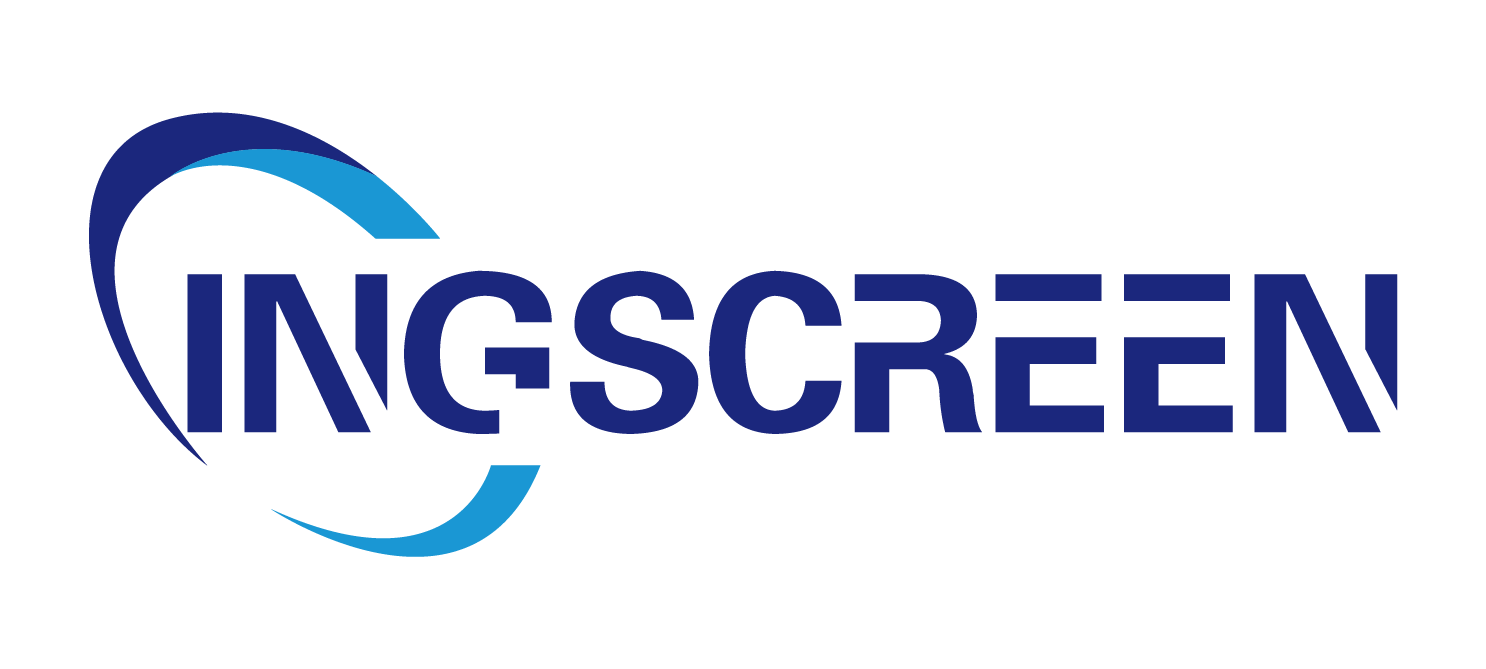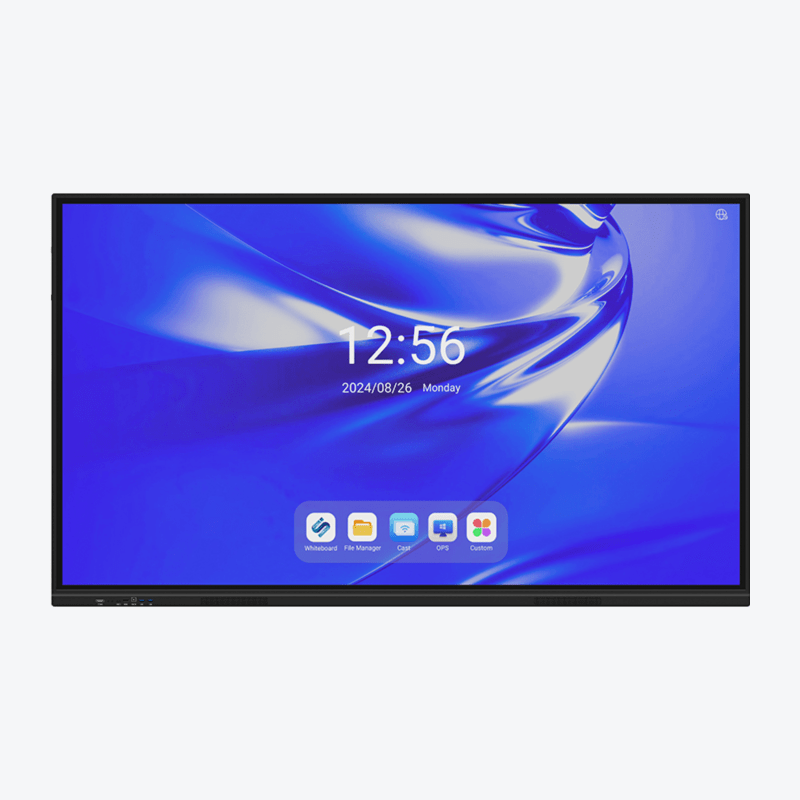Maximizing the Lifespan of Your Digital Teaching Technology
The interactive smart board has revolutionized modern classrooms and meeting spaces, transforming traditional presentations into dynamic, collaborative experiences. However, like any sophisticated technology, these valuable tools require proper care and maintenance to perform optimally over time. Understanding how to maintain and protect your interactive smart board investment is crucial for educators, business professionals, and facility managers who rely on these devices daily.
When properly maintained, an interactive smart board can serve as a cornerstone of engaging instruction and professional presentations for many years. This comprehensive guide will explore essential maintenance strategies, best practices for daily use, and expert tips to ensure your digital display technology continues to perform at its peak.
Essential Maintenance Practices for Long-Term Performance
Regular Cleaning and Surface Care
Maintaining a clean interactive smart board surface is fundamental to its longevity and performance. Use only approved cleaning solutions specifically designed for digital displays, applying them with a soft, lint-free microfiber cloth. Avoid harsh chemicals, abrasive materials, or excessive moisture that could damage the sensitive surface or internal components.
Establish a regular cleaning schedule, ideally at the end of each day or week, depending on usage frequency. Pay special attention to areas that receive the most contact, and always ensure the device is powered off during cleaning procedures. Remove any marks or residue promptly to prevent permanent staining or damage to the display surface.
Environmental Control and Protection
The environment surrounding your interactive smart board plays a crucial role in its performance and longevity. Maintain consistent room temperature and humidity levels to prevent internal component stress. Install the board away from direct sunlight, heat sources, and areas with excessive moisture or dust.
Consider using protective covers when the board is not in use, especially in environments where dust or debris is common. Ensure proper ventilation around the device, and never block the cooling vents that help regulate internal temperature.
Optimizing Daily Usage Practices
Proper Touch and Stylus Techniques
Training users on correct interaction methods is essential for preserving your interactive smart board's functionality. Use appropriate stylus pressure to prevent screen damage, and discourage users from using sharp objects or unauthorized tools on the surface. Regular calibration ensures accurate touch response and reduces user frustration.
Keep spare styluses readily available to prevent improvised alternatives that could harm the screen. Implement clear guidelines for touch interaction, emphasizing gentle contact and proper tool use. This proactive approach significantly reduces wear and extends the life of the touch-sensitive surface.
Power Management Strategies
Proper power management extends both component life and energy efficiency. Configure automatic shutdown settings for periods of inactivity, but avoid frequent power cycling that can stress internal components. Allow proper warm-up time when starting the system, and follow manufacturer-recommended shutdown procedures.
Install surge protectors or uninterruptible power supplies to guard against electrical fluctuations that could damage sensitive electronics. Regular checks of power connections and cables help prevent loose connections that might affect performance or cause unnecessary strain on components.

Professional Maintenance and Updates
Software Management and Updates
Regular software updates are crucial for maintaining optimal interactive smart board performance. Create a schedule for checking and installing manufacturer updates, which often include important bug fixes, security patches, and new features. Maintain detailed records of software versions and update history.
Implement a testing protocol for new software updates before full deployment, especially in educational or business environments where disruption must be minimized. Regular software maintenance helps prevent compatibility issues and ensures all features function as intended.
Professional Inspection and Servicing
Schedule regular professional inspections to catch potential issues before they become serious problems. Qualified technicians can perform detailed diagnostics, clean internal components, and address any emerging concerns. These preventive maintenance visits typically include calibration checks, hardware inspection, and system optimization.
Maintain detailed service records and establish relationships with reliable service providers who understand your specific interactive smart board model. This proactive approach to maintenance can significantly reduce downtime and extend the useful life of your investment.
Troubleshooting and Problem Prevention
Common Issues and Solutions
Understanding basic troubleshooting procedures helps users address minor issues quickly and identify when professional help is needed. Create a troubleshooting guide that covers common problems like touch response issues, display irregularities, or connectivity problems. Train key personnel in basic diagnostic procedures and maintenance tasks.
Document all technical issues and their resolutions to build a knowledge base for future reference. This information helps identify patterns that might indicate underlying problems and assists in making informed decisions about maintenance or replacement needs.
Preventive Measures and Best Practices
Implement preventive measures to minimize the risk of common problems. This includes regular backup of custom settings and content, maintaining clean power supplies, and protecting against physical damage. Develop clear usage policies and provide regular training updates for all users.
Consider environmental factors that could affect performance, such as room layout, lighting conditions, and nearby electronic devices. Regular assessment of these factors helps maintain optimal operating conditions and prevents unnecessary wear on the system.
Frequently Asked Questions
How often should an interactive smart board be professionally serviced?
Professional servicing is recommended at least once annually, with more frequent inspections for heavily used systems. This schedule may vary based on usage patterns, environmental conditions, and manufacturer recommendations. Regular professional maintenance helps identify potential issues early and ensures optimal performance.
What cleaning products are safe to use on an interactive smart board?
Use only manufacturer-approved cleaning solutions specifically designed for interactive displays. Avoid common household cleaners, alcohol-based products, or abrasive materials. Always apply cleaning solution to the cleaning cloth rather than directly to the board surface, and ensure the device is powered off during cleaning.
How can I extend the lifespan of my interactive smart board's touch sensitivity?
Maintain touch sensitivity by regular calibration, using appropriate stylus pressure, and preventing unauthorized tools or sharp objects from contacting the surface. Train users in proper touch techniques, keep the surface clean, and avoid excessive force during interaction. Regular professional calibration checks also help maintain optimal touch response.




